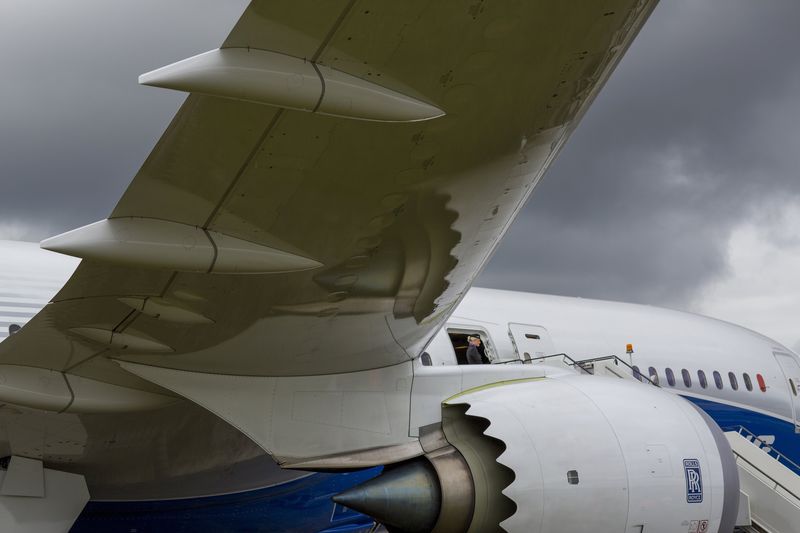Berkshire Hathaway reveals $4.3 billion stake in Alphabet, cuts Apple
Investing.com -- Boeing’s second ViaSat-3 satellite successfully launched into orbit aboard a United Launch Alliance Atlas V rocket Thursday night from Cape Canaveral Space Force Station.
The satellite, built on Boeing’s 702MP+ platform, lifted off at 10:04 p.m. Eastern Time and has established healthy communication links with mission controllers in El Segundo, California, who have begun subsystem initialization.
Get premium news and insight, AI stock picks, and deep research tools by upgrading to InvestingPro - get 55% off today
This second satellite in the ViaSat-3 constellation is expected to more than double Viasat’s bandwidth capacity, supporting growing demand for satellite communications from commercial mobility and defense customers. The spacecraft will particularly enhance in-flight connectivity services.
"Our collaboration with Viasat focuses on enabling their impactful mission to connect everyone. We all know how important reliable high-speed connectivity is to our daily lives," said Michelle Parker, vice president of Boeing Space Mission Systems.
The 6-metric-ton satellite is designed to deliver over 1 terabit per second of total network capacity. It features Boeing’s all-electric propulsion system paired with Spectrolab solar arrays to support high-throughput operations.
Over the coming days, mission operations teams will prepare the vehicle for deployments and begin raising it to its final geostationary orbital position approximately 22,000 miles above Earth’s surface. This will be followed by in-orbit testing before handover to Viasat.
David Abrahamian, vice president of Space Systems at Viasat, called the launch "a milestone in our satellite roadmap," noting that the ViaSat-3 satellites will deliver "enhanced network efficiency, performance, coverage, and flexibility" to customers.
The ViaSat-3 F2 is the second of three ultra-high-capacity satellites Boeing is building for Viasat. Boeing’s 702 family of satellites has supported commercial and government missions for nearly three decades.
This article was generated with the support of AI and reviewed by an editor. For more information see our T&C.
